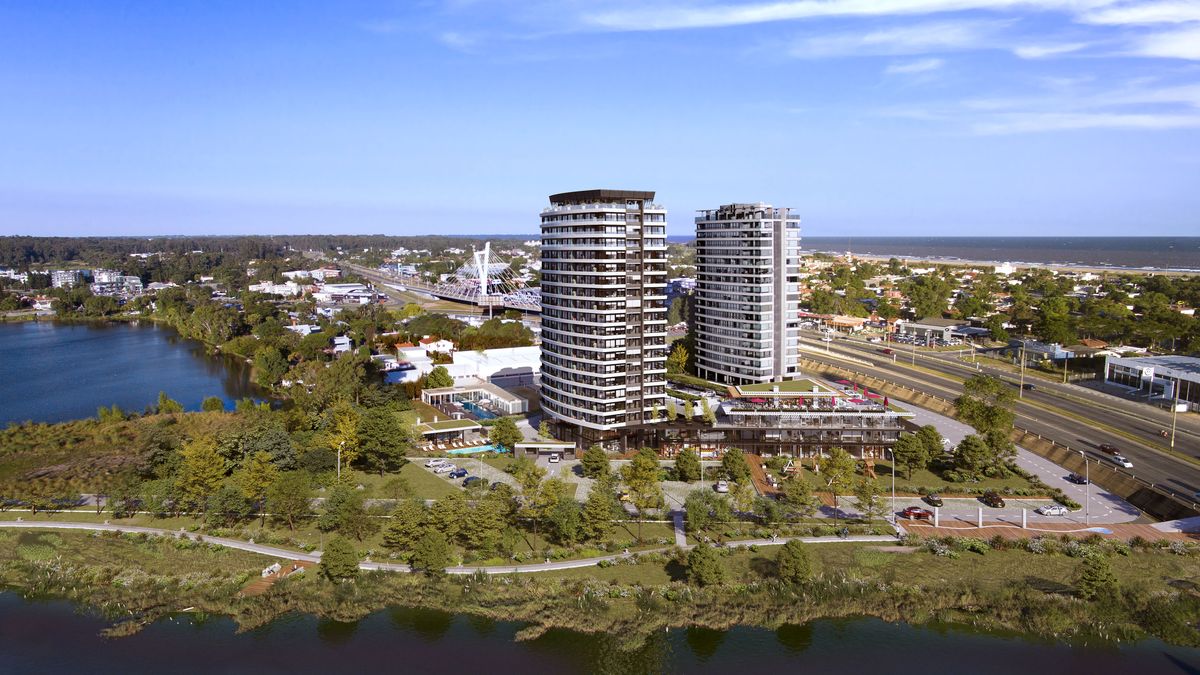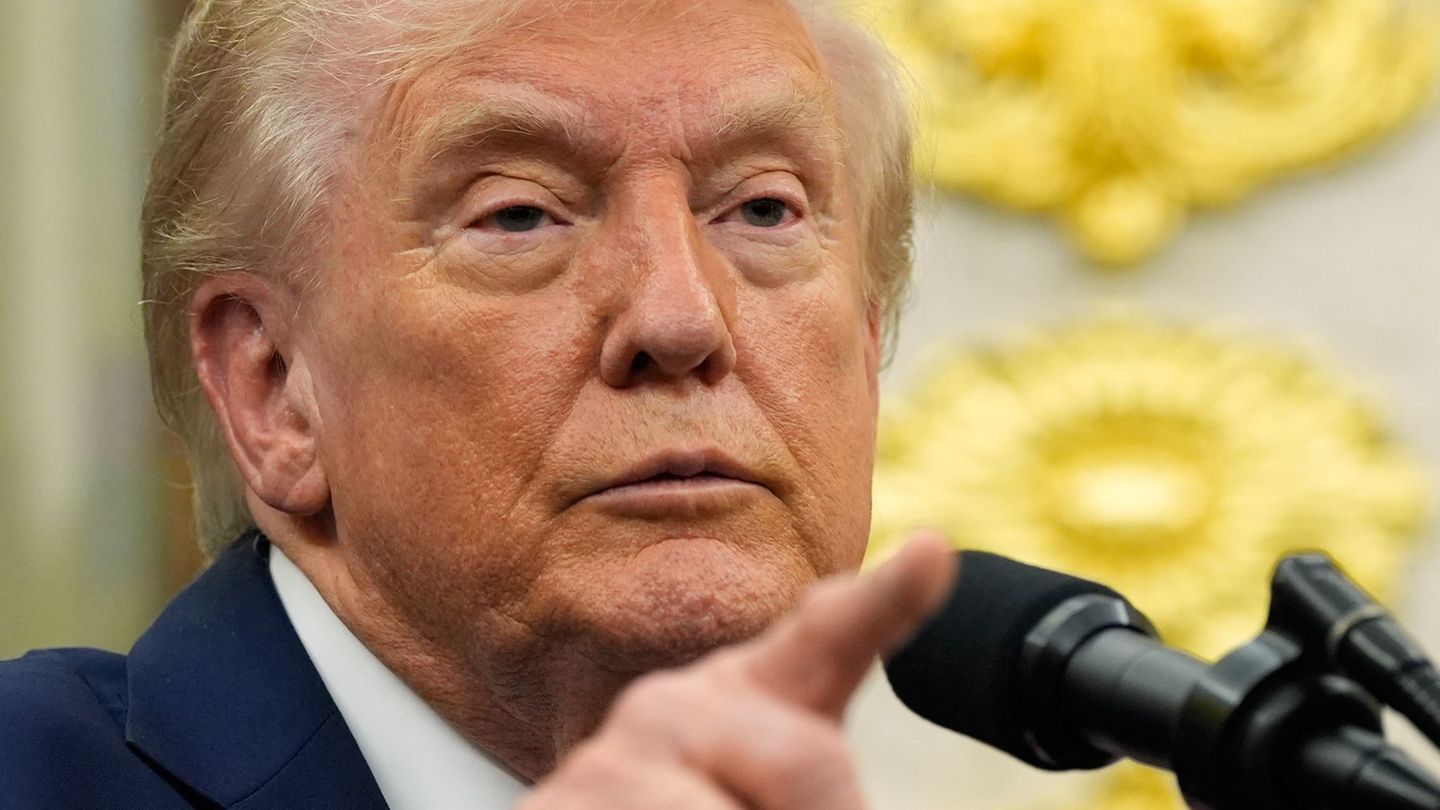To understand the dynamics of Montevideo and Punta del Este, it is important to go a little into the history of each of the Uruguayan territories. On the Punta del Este side, it is traditionally a spa and “Second home”where the investment It is based on the conservation of heritage and the possibility of using these homes during the summer season. That is to say that at the same time that they go on vacation, mainly Argentines, they take refuge in their savings outside their country, in a place with a great attraction for vacationing and with much more stable and secure economic policies.
In Montevideo, on the other hand, this logic did not exist, except for some homes in the area of the Rambla. However, this trend changed over the years, and currently offers an alternative equivalent to a cost effectiveness in dollars, which would be a placement of a bond, but with the benefit of doing it through a property. This option allows you to save capital, with the advantage of using it both for personal use and to obtain a return through monthly rentals (in foreign currency) and even in summer. Unlike Punta del Este, where this return is only perceived during the hot months and the rest of the year it must be maintained by the owner.
On the other hand, the current record prices per m2 in the spa city – which on many occasions double that of Montevideo – generated a trend for many to choose to invest in the Uruguayan capital. Added to this, the seasons in Punta del Este are related to the economic fluctuations of Argentina which means that it fluctuates a lot from year to year, while what happens in the capital is more related to the country’s own situation and its city movements linked to tourists, students and daily workers who use Uruguay like a country of passage.
From 2010 onwards, Montevideo showed great growth thanks to the country’s own evolution and the changes in public policies that began to be made behind the scenes in terms of foreign investment and tourist reception. Part of that growth was given with projects such as the Promoted Housing Law, through which they provided tax benefits to national businessmen and foreign investors interested in betting on the national market, which allowed Montevideo to become a very interesting alternative. Nowadays, anyone who walks through Montevideo can see that there is no type of substantial difference from the architectural, construction and even amenities point of view between an apartment built on Roosevelt Street in Punta del Este, or one that is is doing in areas like those of the Cord, Palermo either Carrasco.
Although it is true that new forms of investment appear over time, brick remains a safe bet that allows you to generate income through a fixed income. For example, in Montevideo you can acquire a well unit – for an initial amount of less than USD 100 thousand – and then obtain an annual return in dollars close to 11% between what is received in rent (6%) and the revaluation. of the land, close to 5%, thanks to the growing demand for real estate developments in the country’s capital.
In summary, given the context of the Argentine market, especially in relation to the dollarFor many people, Montevideo is one of the best investment options that complement the benefits of being a close country, with legal guarantees and a very similar River Plate culture between both nations.
* Fabián Kopel is director of Kopel Sánchez
Source: Ambito




